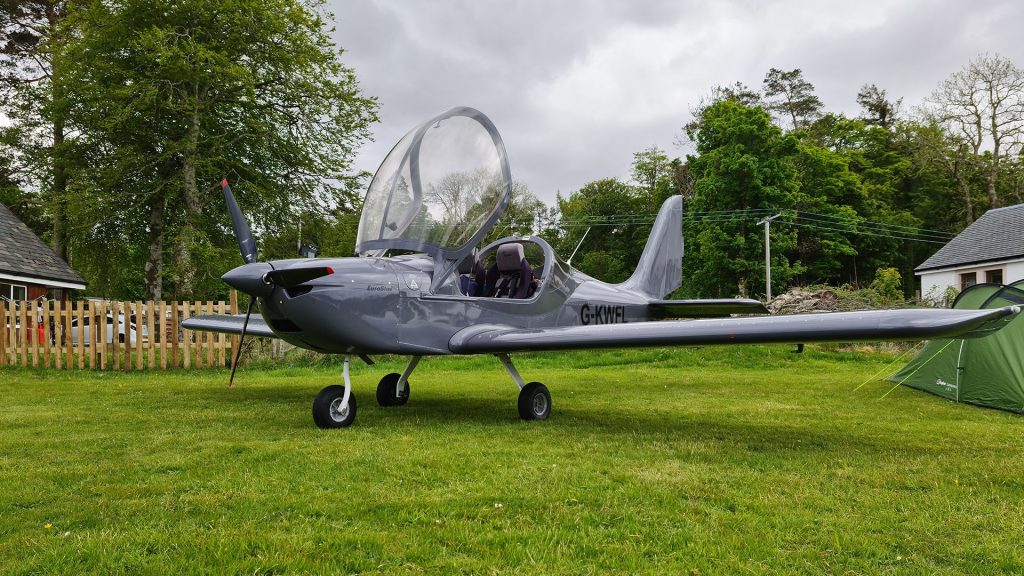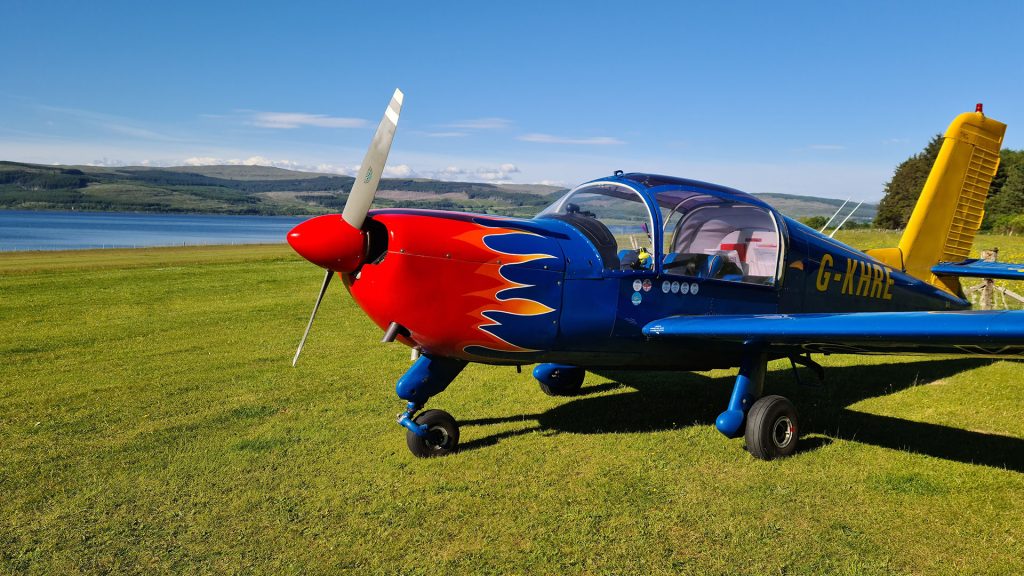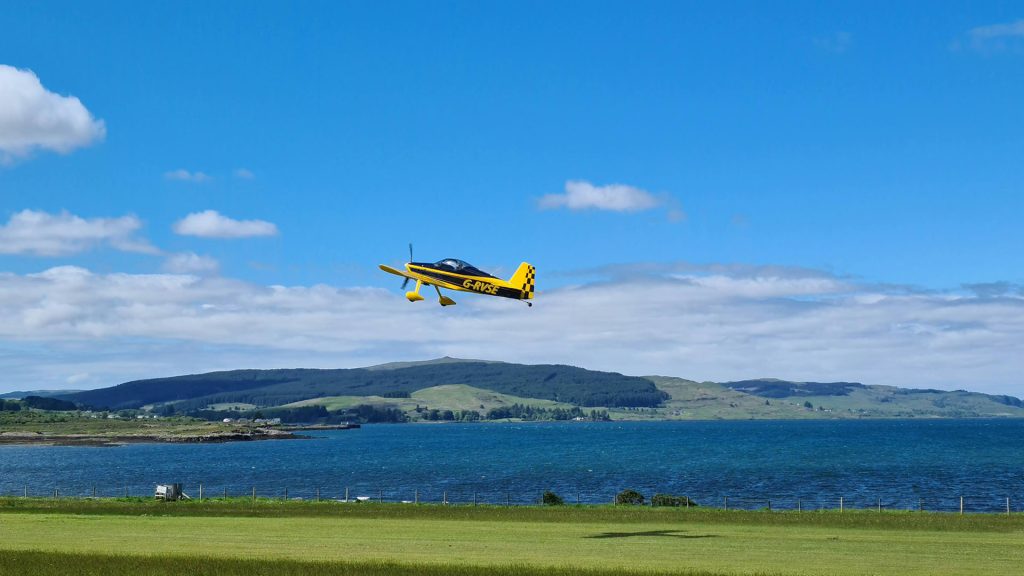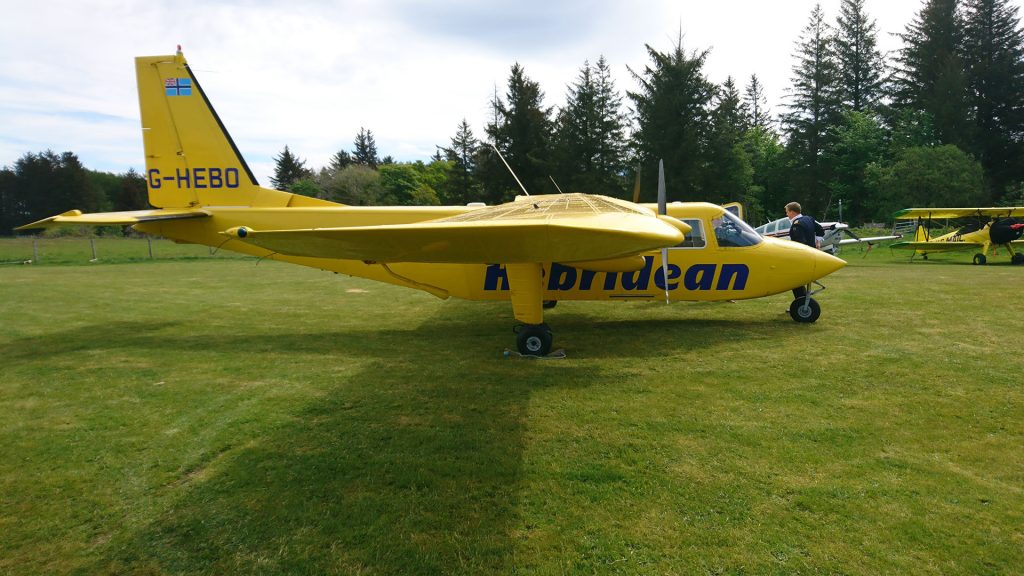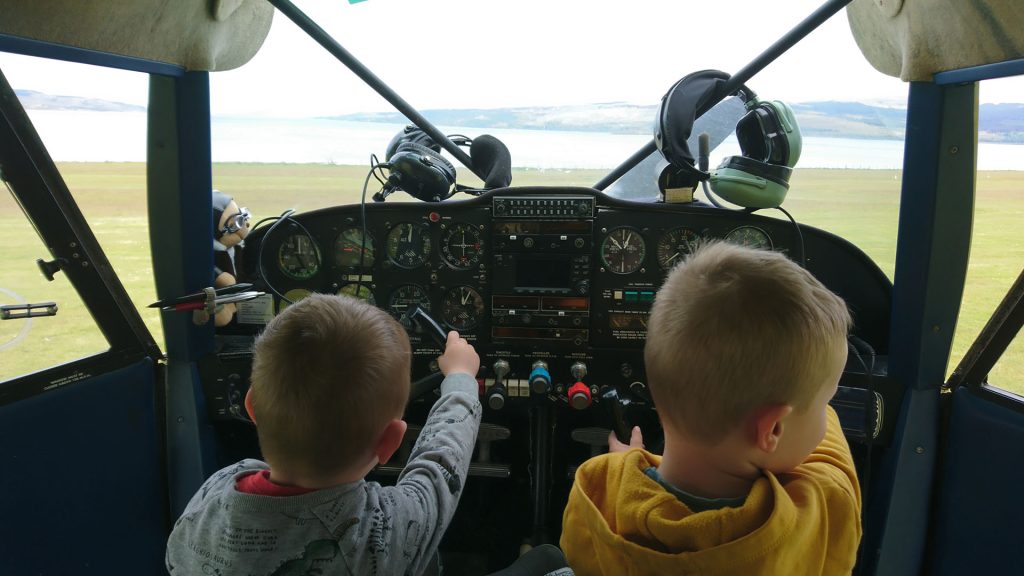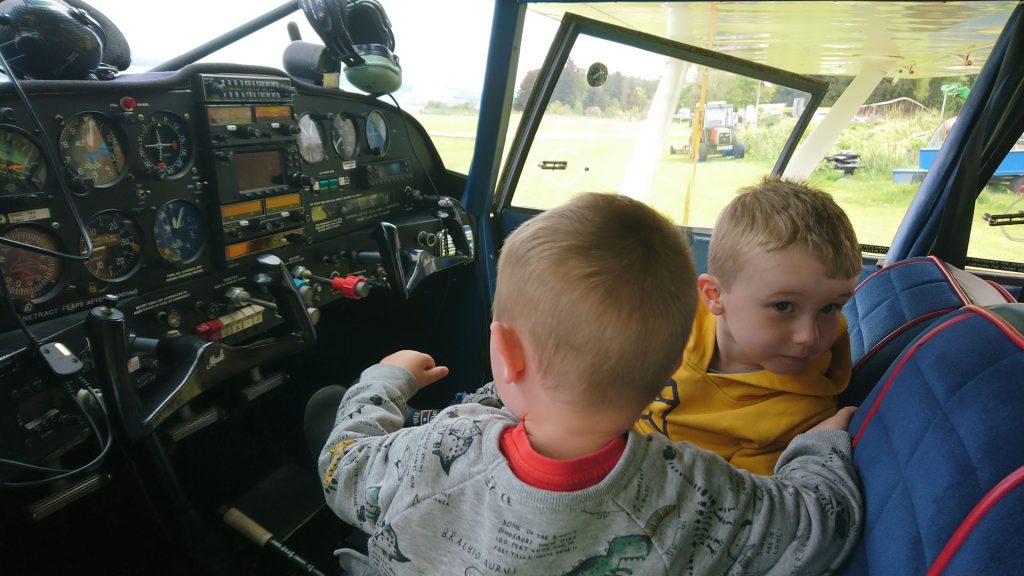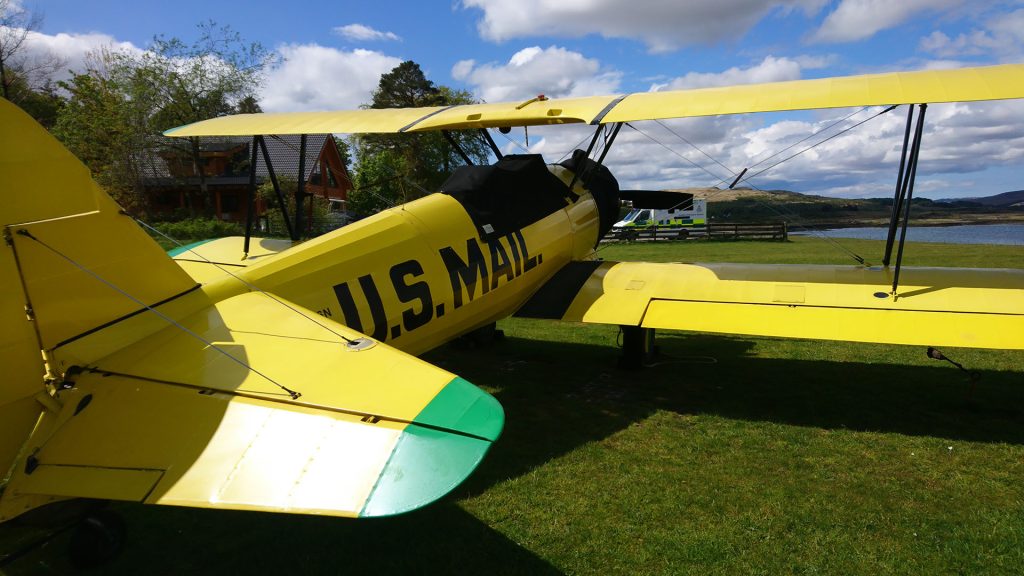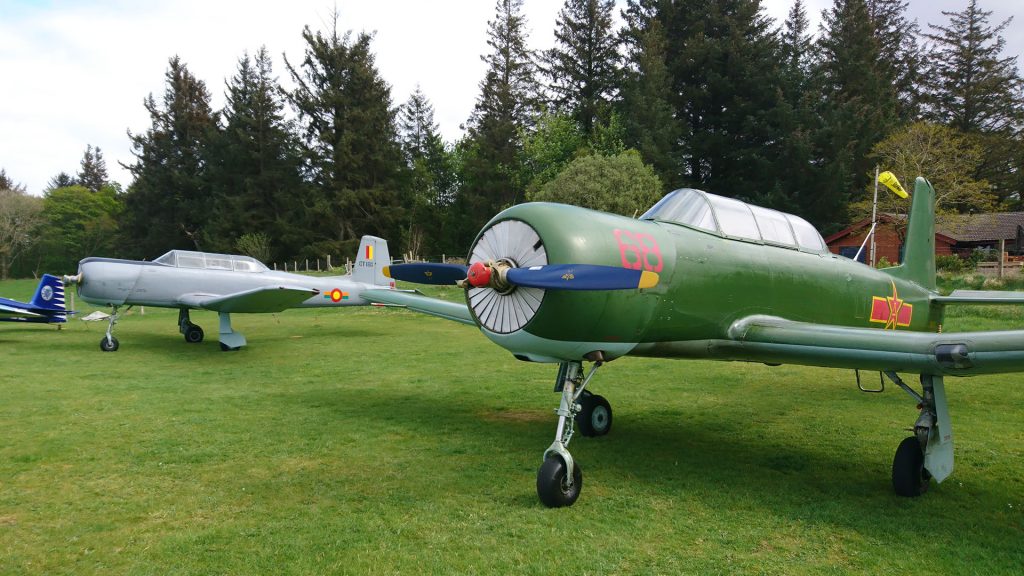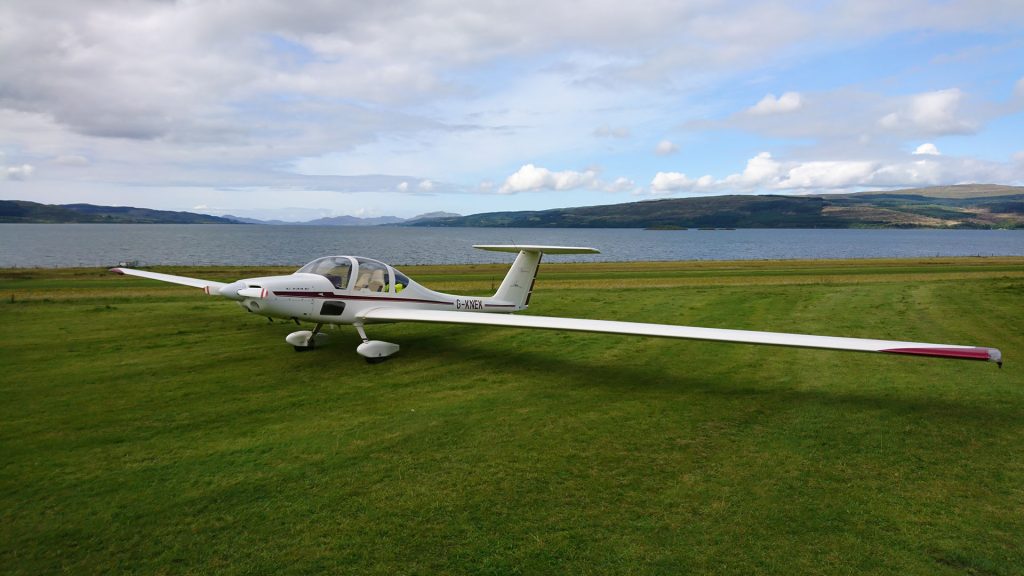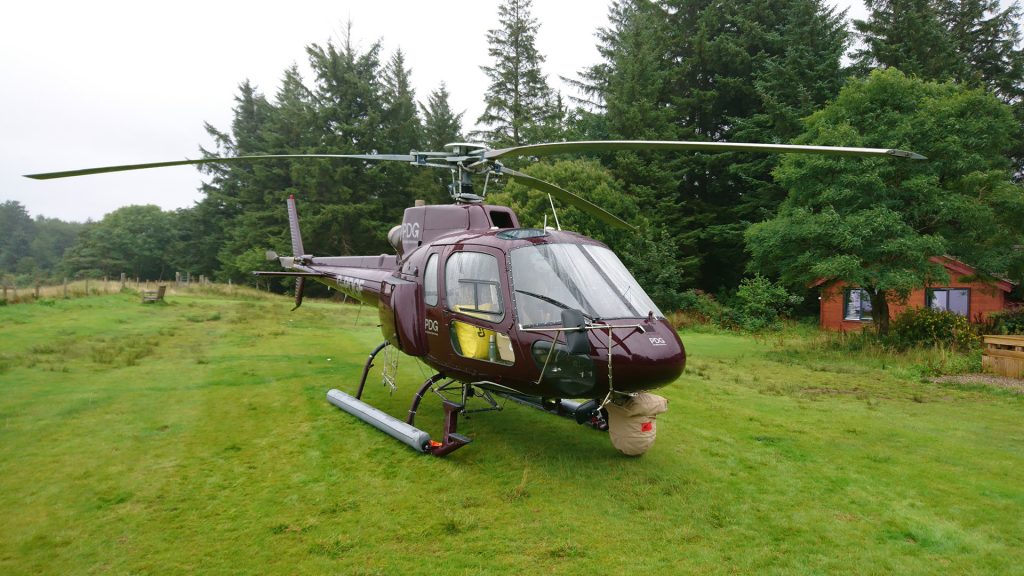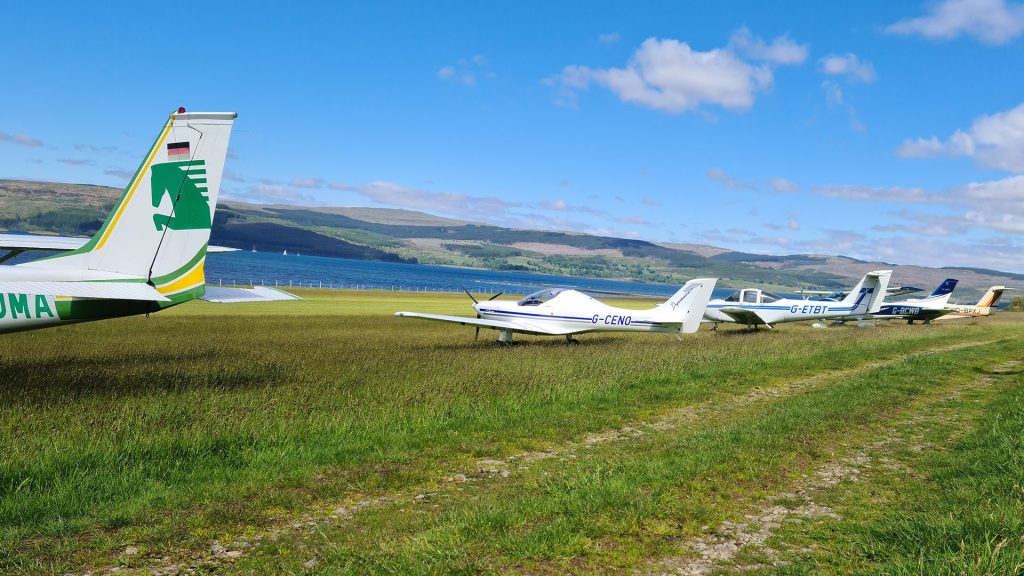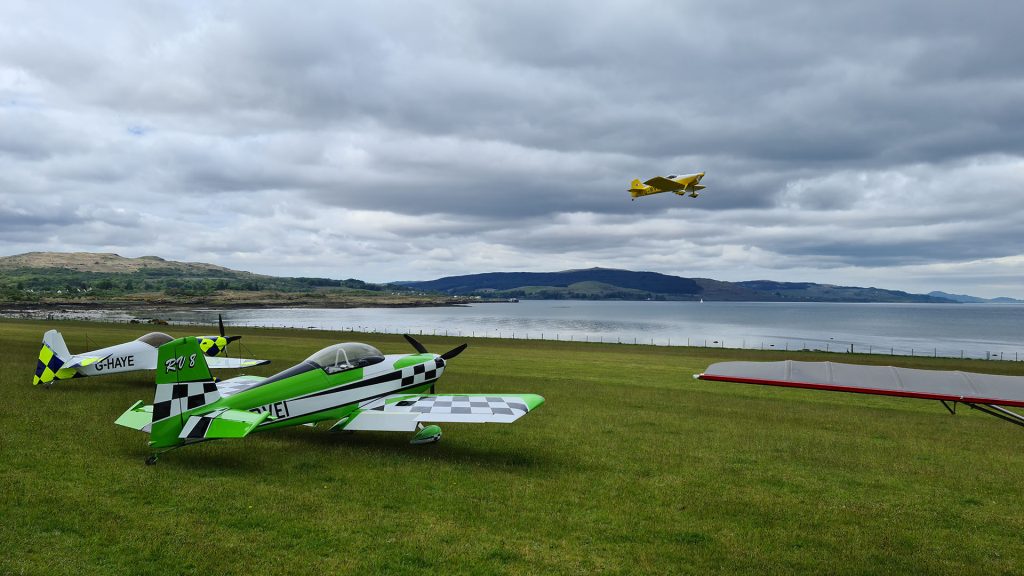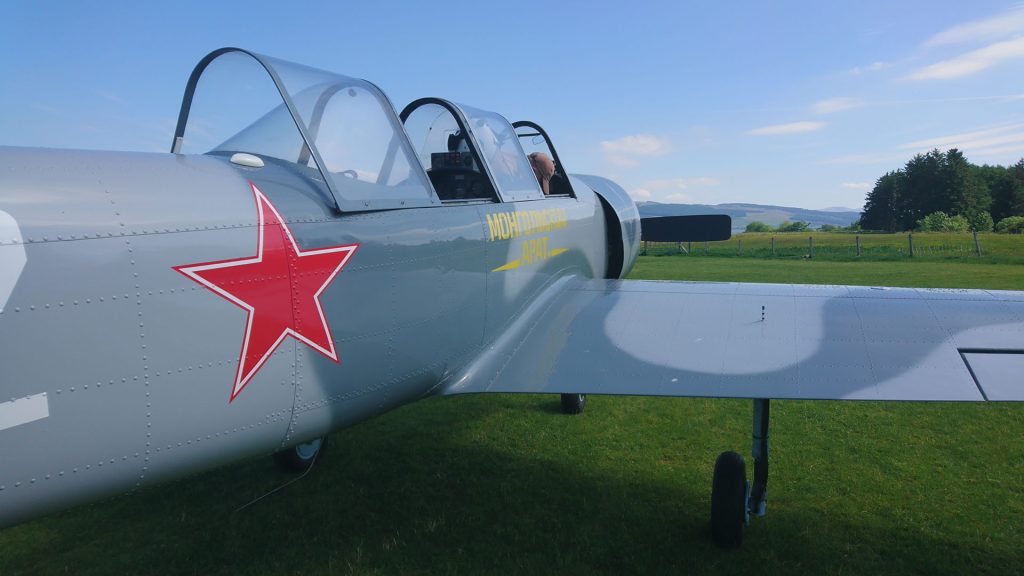Nestled on the picturesque Isle of Mull, Glenforsa Airfield serves as a gateway to breathtaking Scottish landscapes and a hub for aviation enthusiasts. Loganair pilots operate Britten-Norman Two Islander aircraft here, supported by daytime Scottish Air Ambulance helicopters and occasionally Navy Sea Kings for night-time evacuations. As a result, the airfield averages one patient per month, with over 400 patients evacuated from Mull in total.
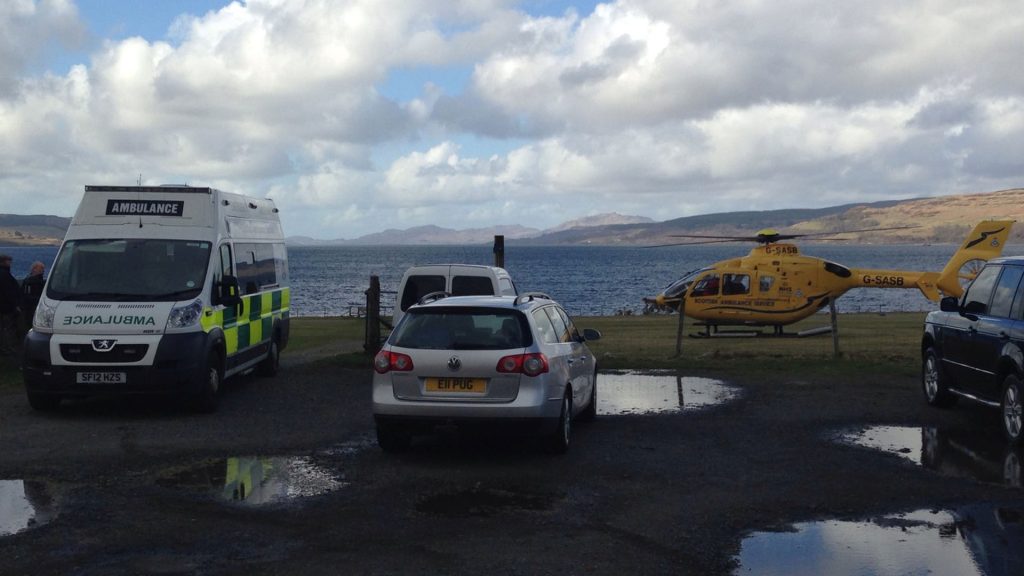
A Brief History
The Royal Engineers constructed the airfield between May and August 1965. Then, it officially opened on September 13, 1966. For twelve years, the Civil Aviation Authority licensed it, and Loganair operated a daily summer service to Glasgow, Oban, and Coll. Aircraft including Aztecs, Islanders, Skyvans, and Trislanders flew in during this time. However, the service ended in 1980, likely due to improved ferry connections. Many locals still recall those half-hour flights in the capable hands of pilots such as Captains Duncan Macintosh, Jim Lee, Geoff Rosenbloom, Ken Foster, and Ben Thomas.
Mull’s aviation history also includes a mysterious chapter: in 1975, a pilot and his plane disappeared, now known as The Great Mull Air Mystery. Today, Glenforsa Airfield Ltd manages the site, with Brendan Walsh of the Glenforsa Hotel handling day-to-day operations. Brendan is himself an experienced pilot.
The Glenforsa Hotel
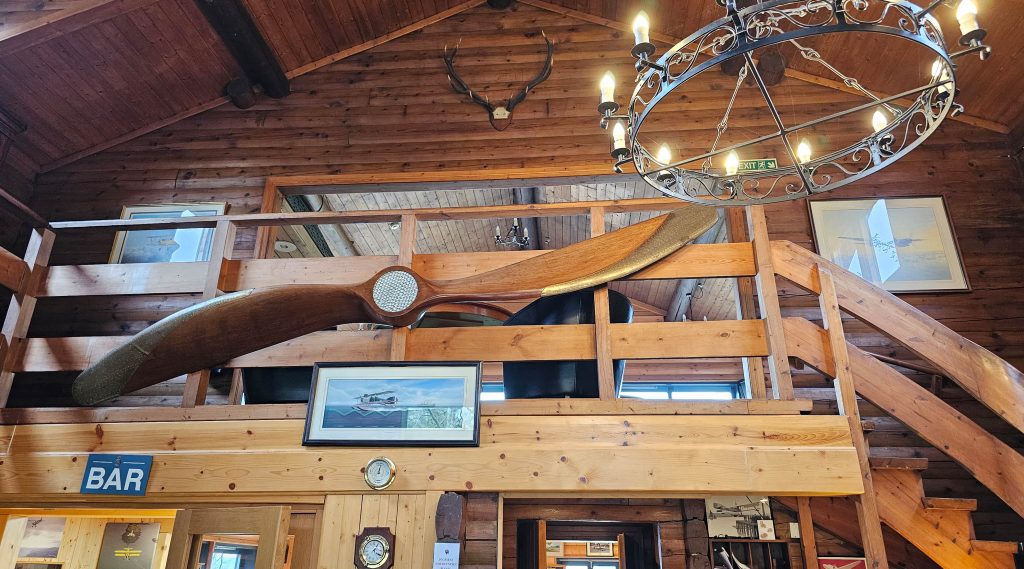
The Glenforsa Hotel plays a central role in the airfield’s community. This Norwegian wooden log building, run by Brendan and Allison Walsh, welcomes visiting pilots and aviation enthusiasts alike. Brendan oversees daily airfield operations, making the hotel the hub of both administration and social activity. Additionally, its location in private woodland with sea and mountain views makes the hotel a destination in its own right.
A Social Hub for Fly-ins
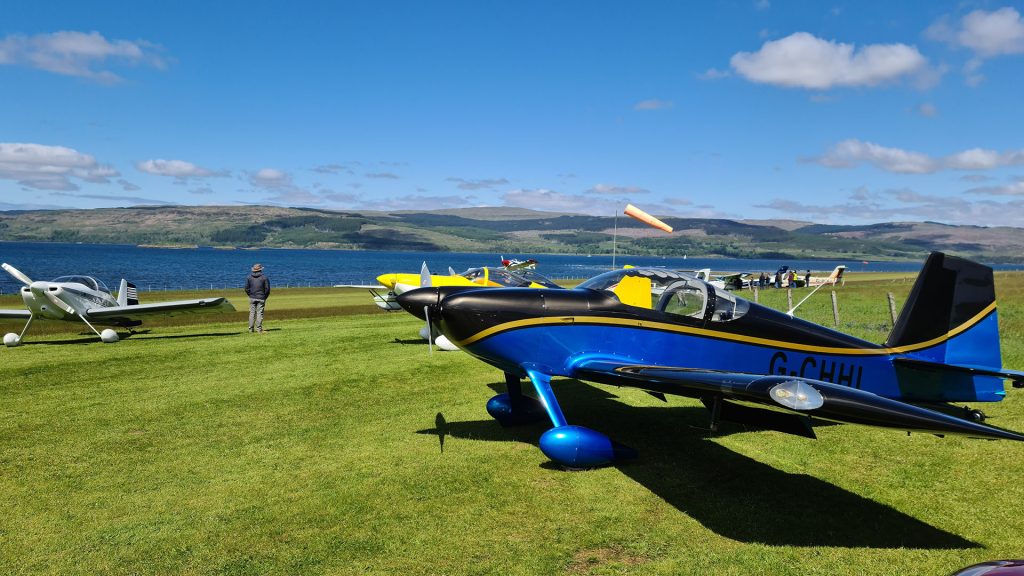
Glenforsa receives around 400 visiting light aircraft each year. Among these events, the highlight is the annual Mull Air Rally, often attracting up to 150 aircraft over the Bank Holiday weekend at the end of May. During the rally, Glenforsa operates a ground-to-air advisory radio on the microlight frequency 120.805. These gatherings celebrate the airfield’s enduring appeal and bring pilots together to share their passion while enjoying Mull’s stunning scenery.
Airfield Information & Operations
Glenforsa is an unlicensed grass airfield. The runway measures 780 m × 28 m and sits 15 ft above sea level. While the length is level, the width slopes slightly toward the sea. Therefore, pilots should land, taxi, and backtrack on the higher, south side of the strip. Livestock may be present from October through April, and geese can pose hazards year-round. All circuits should be flown over the sea (north) at 800 ft.
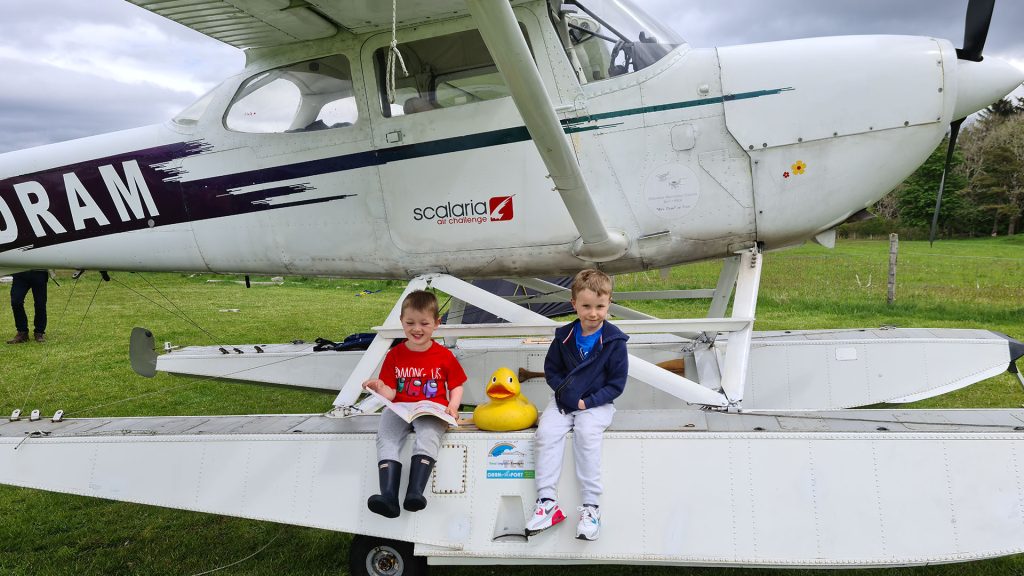
Visiting pilots must arrange Prior Permission Required (PPR) by contacting the Glenforsa Hotel. The airfield’s frequency is 120.805 MHz. Landing fees are £12.50 per aircraft, with a small cash discount. Overnight parking is free. Avgas is unavailable on-site but can be arranged at Oban Airport in advance. Pilots must sign in at Airfield Control in the Glenforsa Hotel upon arrival.
Notable Visitors
Glenforsa’s location and welcoming atmosphere attract notable visitors. Cricketer Ted Dexter, television host Russell Harty, actors Robert Wagner, Donald Sutherland, and Tom Cruise, racing driver David Coulthard, and politician Winnie Ewing have all flown in. In addition, renowned musicians such as Dave Gilmore and Phil Collins have visited. The Glenforsa Hotel provides a central social base, making the airfield a truly special place on the Isle of Mull.
